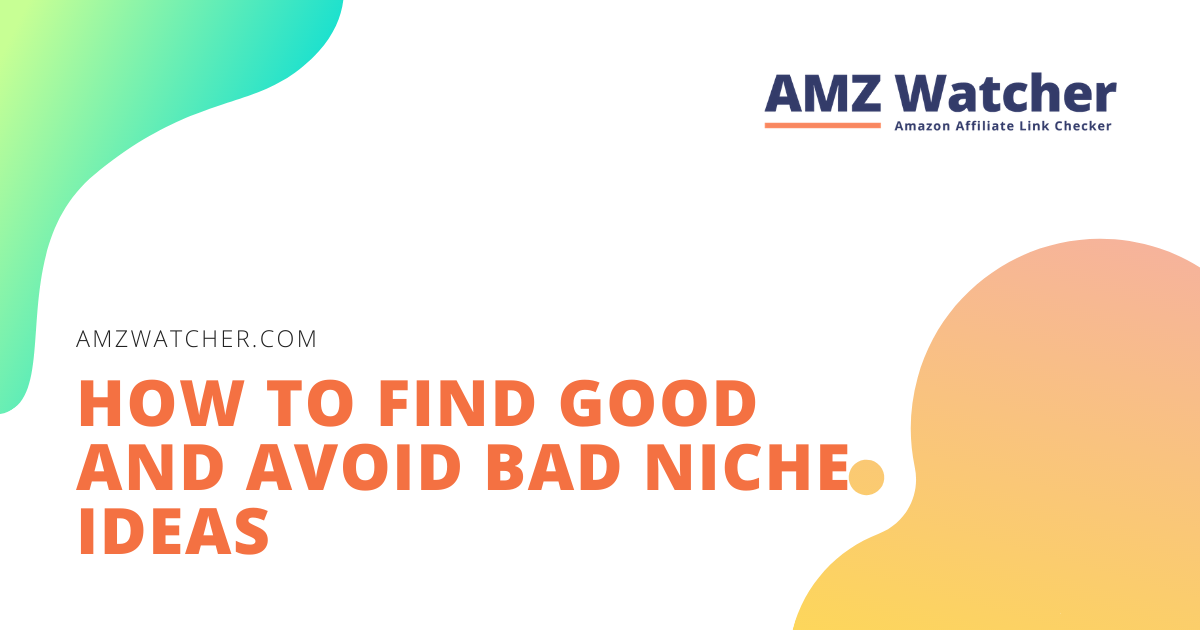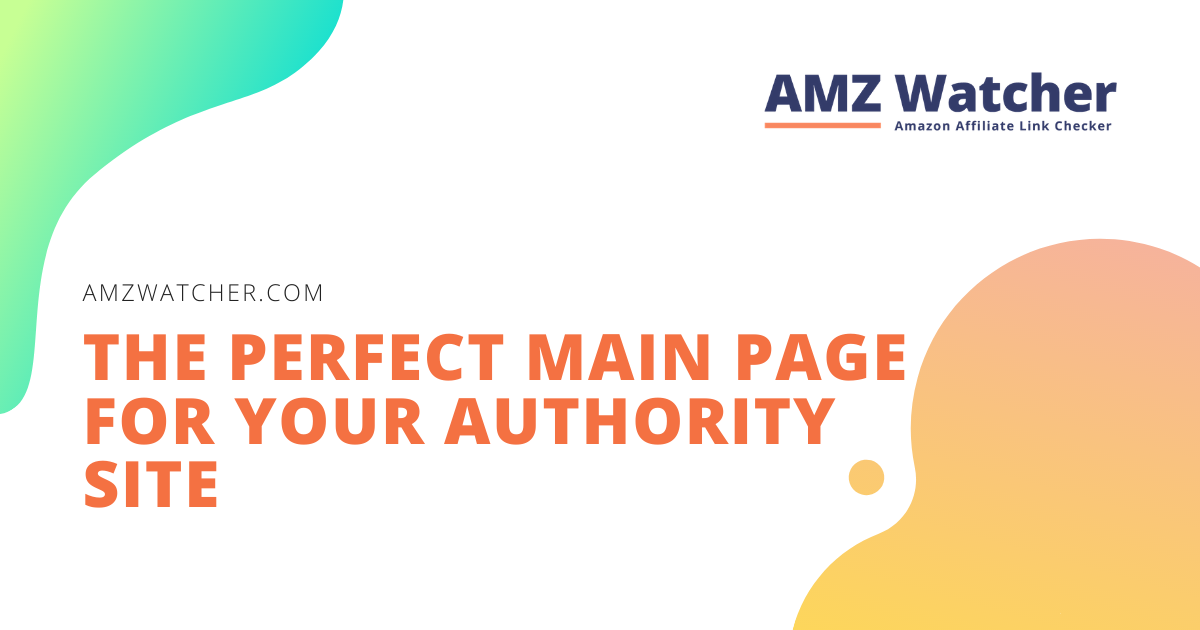Even though owning an authority site does not require you to beat Zuckerberg and his coding skills, there are a couple of technical knowledge that you absolutely have to learn. Take for example the jargon “nofollow” and “dofollow.” If these terms don’t ring a bell at all, my oh my! Your SEO and link building strategy is probably a mess right now.
All the hours and effort you’ve spent in getting backlinks for your website could just poof if you have no clue about the difference between nofollow and dofollow. You might even be putting yourself in trouble with Google without knowing it.
How do I mark links as nofollow or dofollow? Why should I even care? What are the consequences of doing it wrong? You probably have tons of questions at the moment, so allow me to answer each one in this guide.
Contents
What is the difference between nofollow and dofollow?
By default, Google, Bing, Yahoo, and the likes see every link to a website as dofollow. This means that search engines will automatically consider it as a form of “recommendation” – a testament to the quality and relevance of a niche site. As one of the pillars of SEO, backlinks help your pages rank higher in query results.
However, you can block Google from using a link to evaluate a website’s SEO brownie points by setting it to nofollow. This means that your inclusion of a URL will neither improve nor worsen a page’s search rankings. In geek-speak, the link isn’t accompanied by an anchor text so no PageRank is transmitted to search engines.
How do I mark links as nofollow or dofollow?
If you want to set all of your links on a page to nofollow, you can do this by editing the meta tag. You can find this in the section of your blog settings where the meta title and description can also be edited. However, you’d rarely find circumstances where Google has to be blocked from indexing all URL in a post.
What you can do instead is to manually tweak every single link by adding the extension rel=”nofollow”.
It does not really matter where you place this extension. It will work just fine whether you enter it in front of the HREF, behind it, or even between other attributes.
Meanwhile, you don’t have to do anything if you intend to set a link on dofollow. If it does not have the rel=”nofollow” attribute, search engines will automatically use it to evaluate page rankings. Basically, you don’t waste your time in typing extensions like rel=”follow” or rel=”dofollow”.
I personally edit links in WordPress’ text editor. If this doesn’t work for you, you can try out the Ultimate Nofollow plugin which adds a small checkbox to the WP visual editor for your convenience. Word of warning though, this tool won’t work with the Gutenberg update. It was originally developed for the Classic Editor, so you’ll have to install another plugin that can help you switch to this old version.
When should I set links on nofollow?
When linking to sketchy websites
If Google finds a website untrustworthy, expect to go down with it if it has a dofollow link on your niche site. When in doubt, it’s always better to err on the side of caution and place that rel=”nofollow” attribute pronto.
Take note of these red flags that should be enough to convince you to put a link on nofollow:
- Thin content – the website has little to no published content at all
- Duplicate content – the website seems to have repetitive posts or automatically generated content that makes no sense
- Websites that have a reputation for copyright infringements (e.g. content piracy, plagiarism, etc.)
- Websites that exist solely for internet users to click on affiliate links
- Websites that are known for spreading malware (e.g. virus, spyware, etc.)
- Websites that are loaded with spam links
- Websites that deliberately mislead viewers and search engines through cloaking, bridge pages, misleading redirects, and hidden texts or links
- Websites that obviously make a cash cow out of readers (e.g. casino websites, sketchy get-rich-quick pages,
Word of advice though, it’s better if you don’t link these dubious websites in the first place! Not only do you protect your search engine rankings, but you also save your readers from scams or malware. You may have blocked Google from indexing its pages, but you have no way of preventing viewers from clicking on the link.
There are cases where checking each outbound link is simply such a hassle. These include forum posts, profiles, and comment sections of your niche sites. This can be one of the few exceptions where setting all links to nofollow is actually a smart move. Even if you are targeted by spammers, any link they enter won’t sabotage your Google ranking at all.
When featuring paid links
Think you can outsmart Google by making it rain money on other website owners? Sorry to burst your bubble, but this isn’t a strategic way to get backlinks.
In its guidelines set for webmasters, Google explicitly requires that all purchased links must be marked with the rel=”nofollow” attribute so that it won’t unfairly distort search results. This rule applies to:
- Sponsored contributions
- Affiliate links
- Links in text ads or advertising banners
- Links under a purchase or rent agreement
To control Googlebot
With the nofollow attribute, you can control Googlebot – Google’s righthand in gathering web page information to build the search engine’s result page. By blocking it from following certain links, you direct them to the websites that you want to be indexed (e.g. registration links, administration area, etc.)
This is particularly helpful for humongous online portals who have tens of thousands of featured websites, who have to take extra care in managing their crawl budget (the number of pages Googlebot indexes within a given timeframe).
What are the common errors in marking links and their consequences?
1. Not marking sold or ad links with nofollow
Error: Non-compliance with Google’s guidelines that specifically prohibits paid links (e.g. text ads, sponsored links, etc.) from being set to dofollow
Consequence: While the failure to mark advertising links as nofollow can sabotage your search rankings, you don’t have to fear any legal consequences. Google’s guidelines could be seen as merely house rules, thus have no bite in courts. Under the Telemedia Act and the Interstate Broadcasting treaty, selling dofollow links is okay so long as you clearly label them as so.
What you should do: Sell dofollow links in moderation. Otherwise, expect Google to remove all or part of your website from the Google index. In case you find yourself under such punishment, you can request for a re-verification after removing all the violating links.
2. Accidentally setting internal links to nofollow
Error: Jeopardizing your SEO strategy by marking internal links as nofollow. Usually caused by badly programmed themes and plugins.
Consequence: You negate the power of your internal links from helping you rank higher on Google’s page results. Even the effort you’ve put into keyword research can go down the drain.
What you should do: Always double-check which sections of your website have been marked as nofollow after installing a theme or plugin. Note that WordPress also sets certain areas of a page on nofollow, including the comment section where all automatic inserts of internal links will be set as such.
3. Setting all external links to nofollow
Error: Manual adjustment or use of plugins (e.g. WP NoFollow External Links) to set all external links to nofollow, primarily to avoid the hassle of monitoring all external links and to prevent spam or malware from sabotaging the website.
Consequence: The chances of the worst cases (e.g. having your website turned into a gambling or erotic page because of a malware) from happening are very slim. That paper-thin security blanket comes at the cost of devaluing the links to websites that are worthy of your recommendation. These are pages that actually deserve to be ranked higher and Google for the value they could give to your readers. By setting all external links to nofollow, you also:
- Compromise your partnerships with other webmasters. Expect your invites for guest authors to be constantly turned down.
- Give Google the impression that all of your outbound links are paid ads
- Direct Google to just dismiss your content as user-generated which usually ranks the worst on the results page
What you should do: Avoid this shortcut and be more strategic in marking your external links. You can also try installing the Dofollow Case by Case plugin which allows you to adjust the links mentioned even in your comment section which WordPress usually marks as nofollow. Moreover, it is also unnecessary to manually add rel=”nofollow” for standard pages (e.g. contacts, privacy policies, etc.). You can easily do this by adjusting the robot meta tag to noindex instead.
This talks about inconsistency in outlinking => dofollow vs nofollow. Sometimes these two are mixed together and the author is proposing that it makes sense to be consistent with the type of links you are giving out
the silver lining is always use dofollow
unless you have a good reason not to
3. Inconsistency in outlinking
Error: There are authority sites that set links to a homepage on dofollow, but opt to set blog post references to nofollow. Webmasters think that categorizing several URLs from a single website is an acceptable middle ground, but it isn’t.
Consequence: You get a very minimal reduction in the risk of giving backlinks to unworthy websites at the expense of neglecting honest recommendations that could’ve given value to your readers. Moreover, being purposely selective can be unfair to partners that you promised to link in your authority site.
What you should do: Always set links on dofollow unless you have a compelling reason not to. If you do not trust a website completely, better not link it at all.




